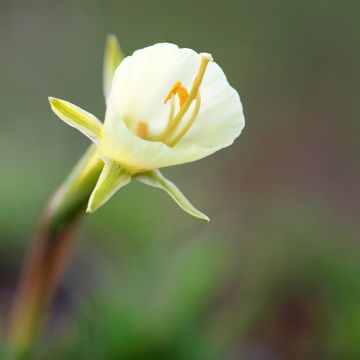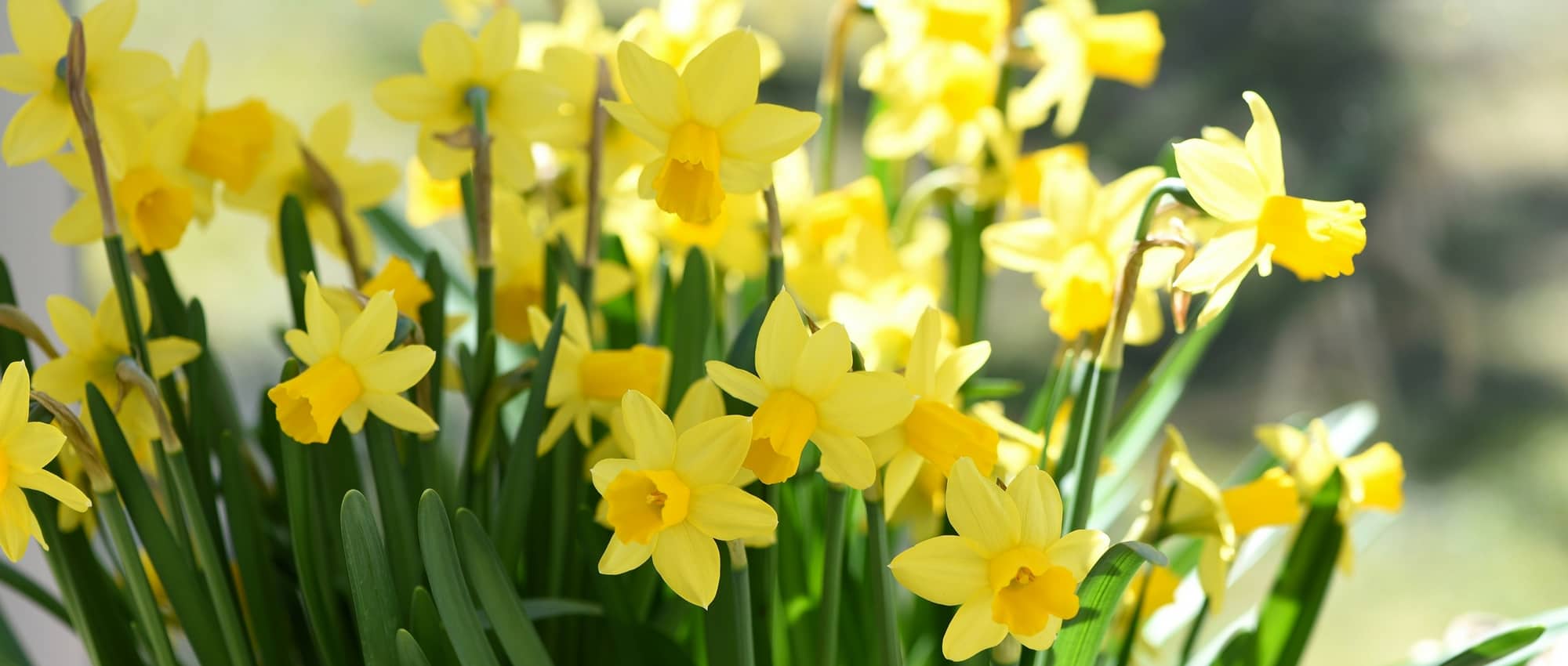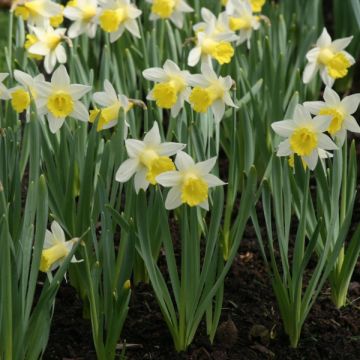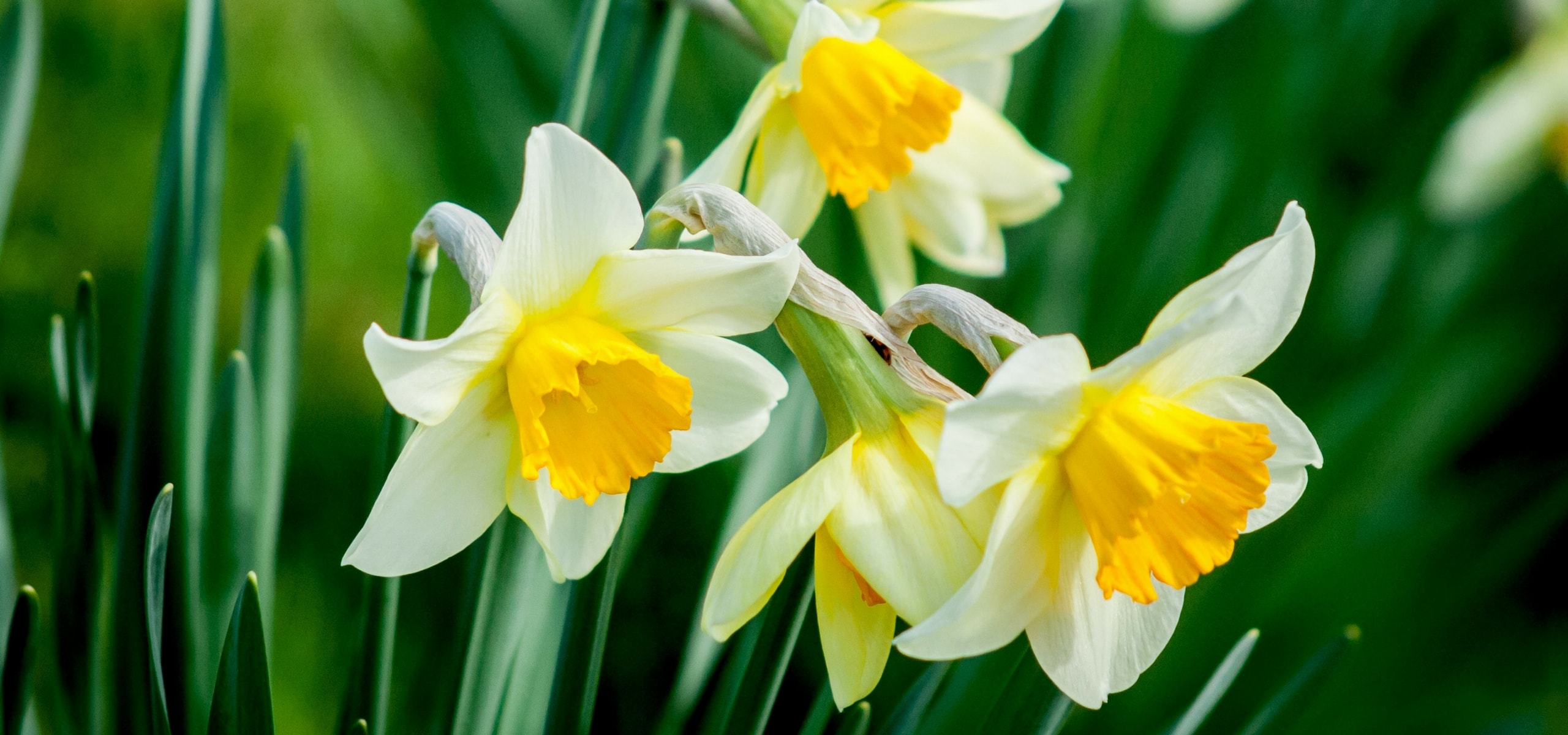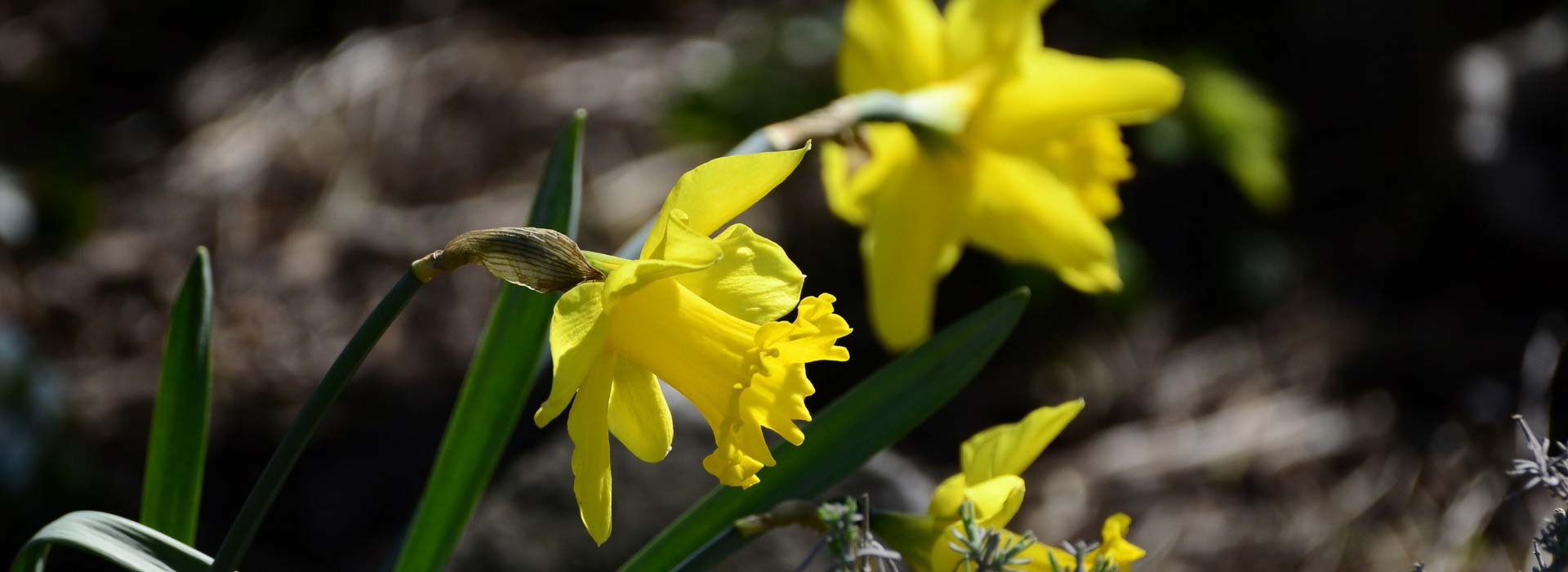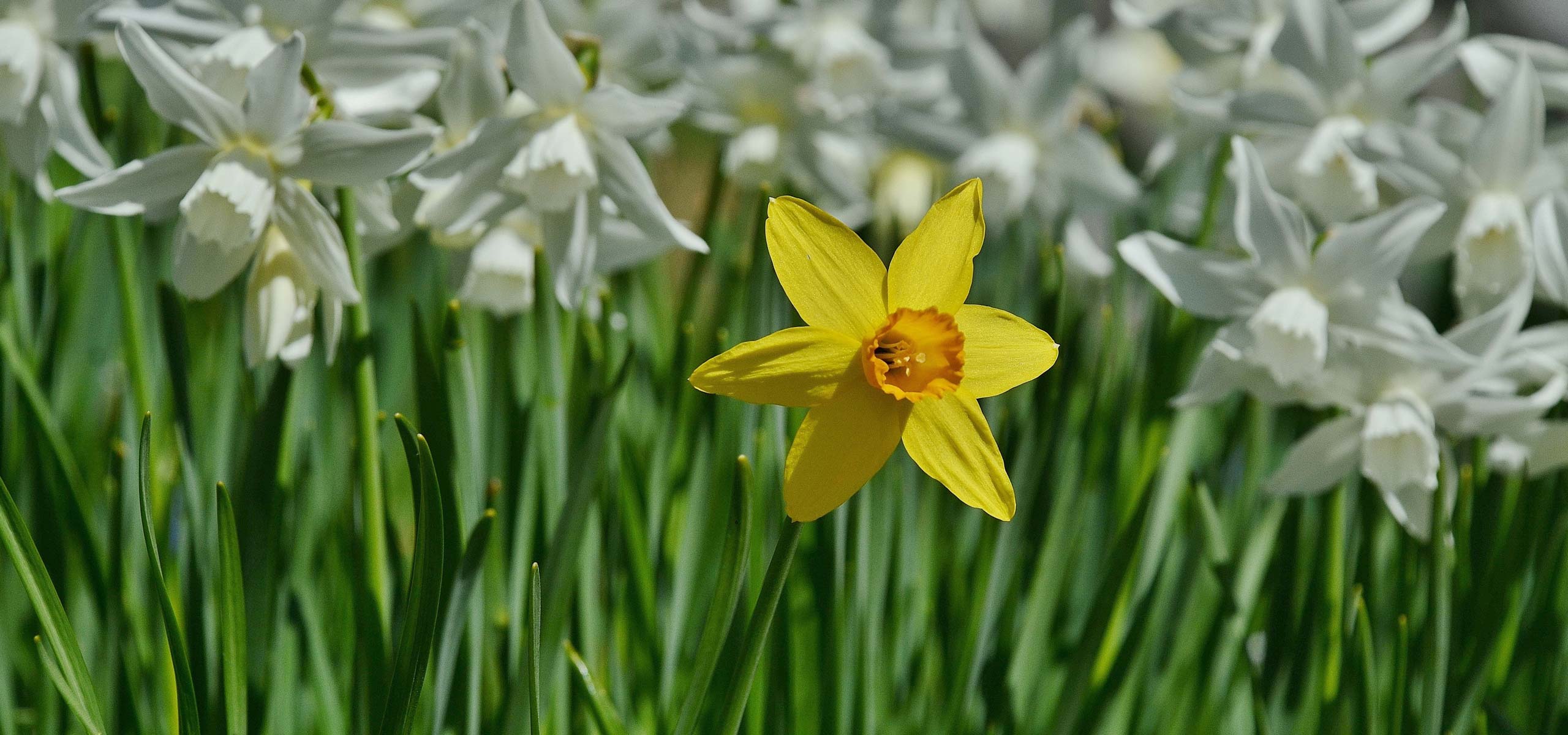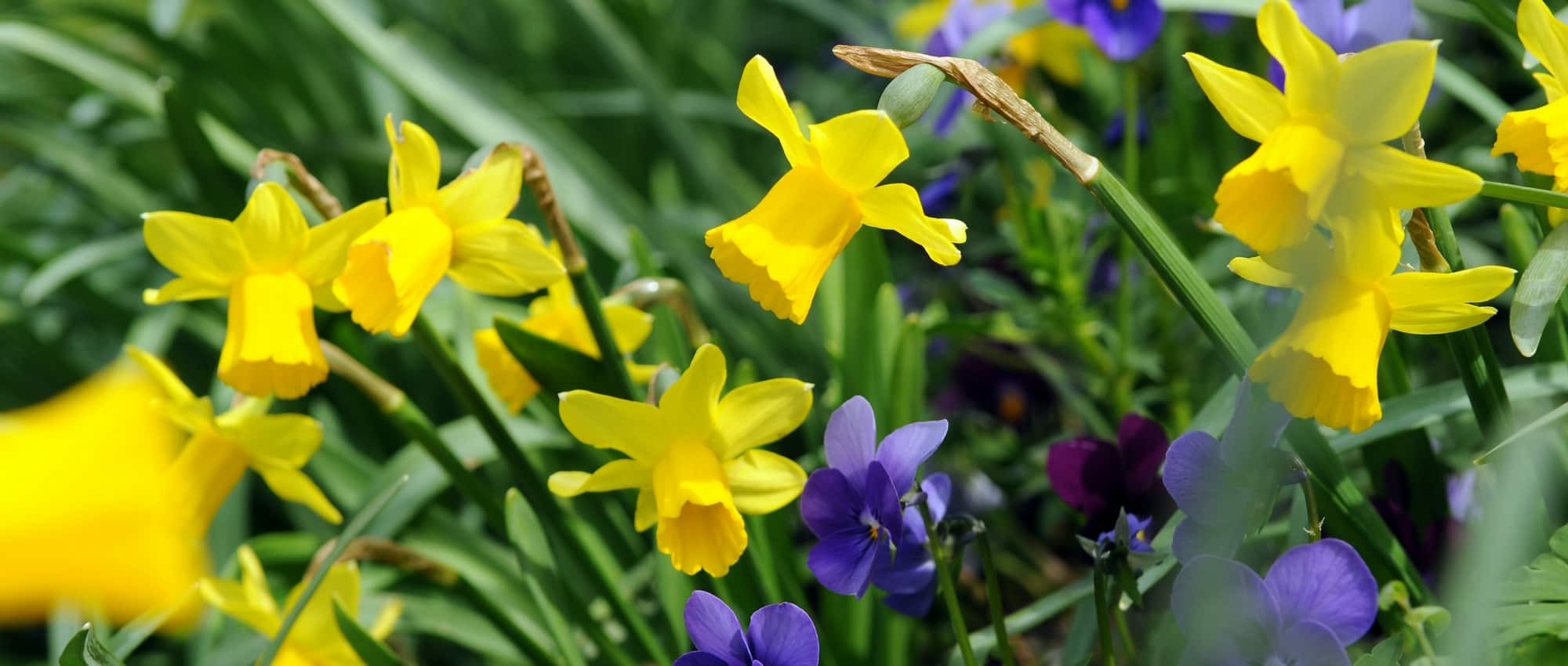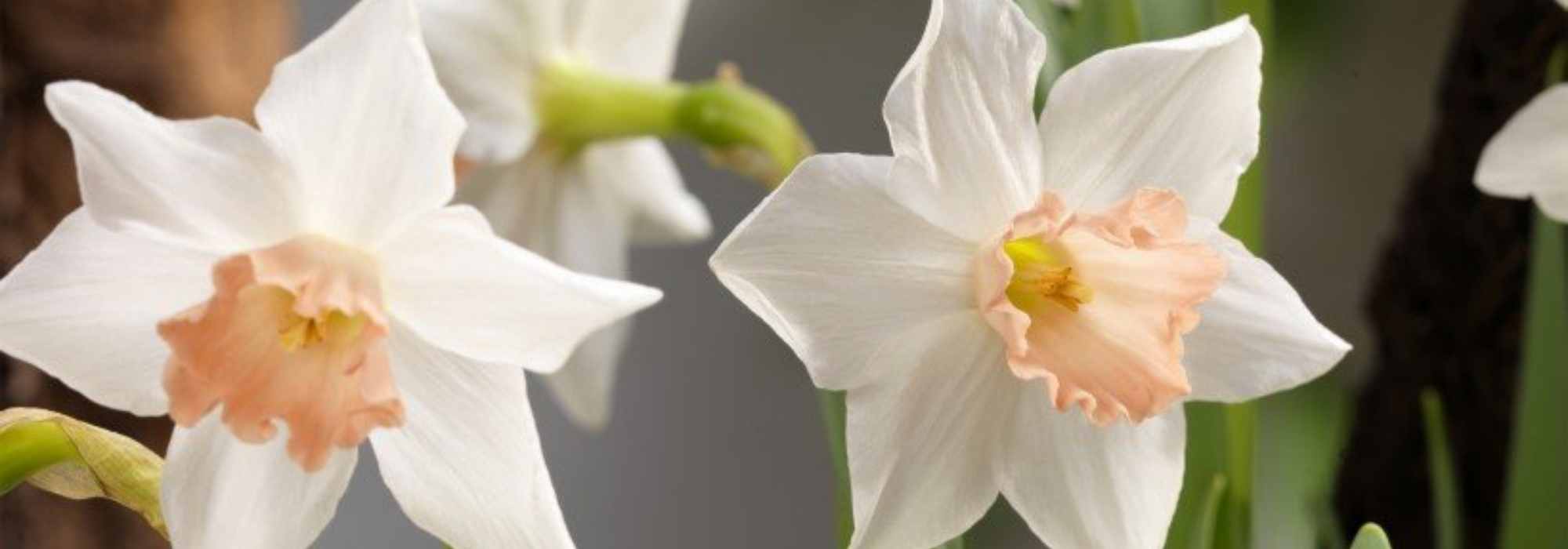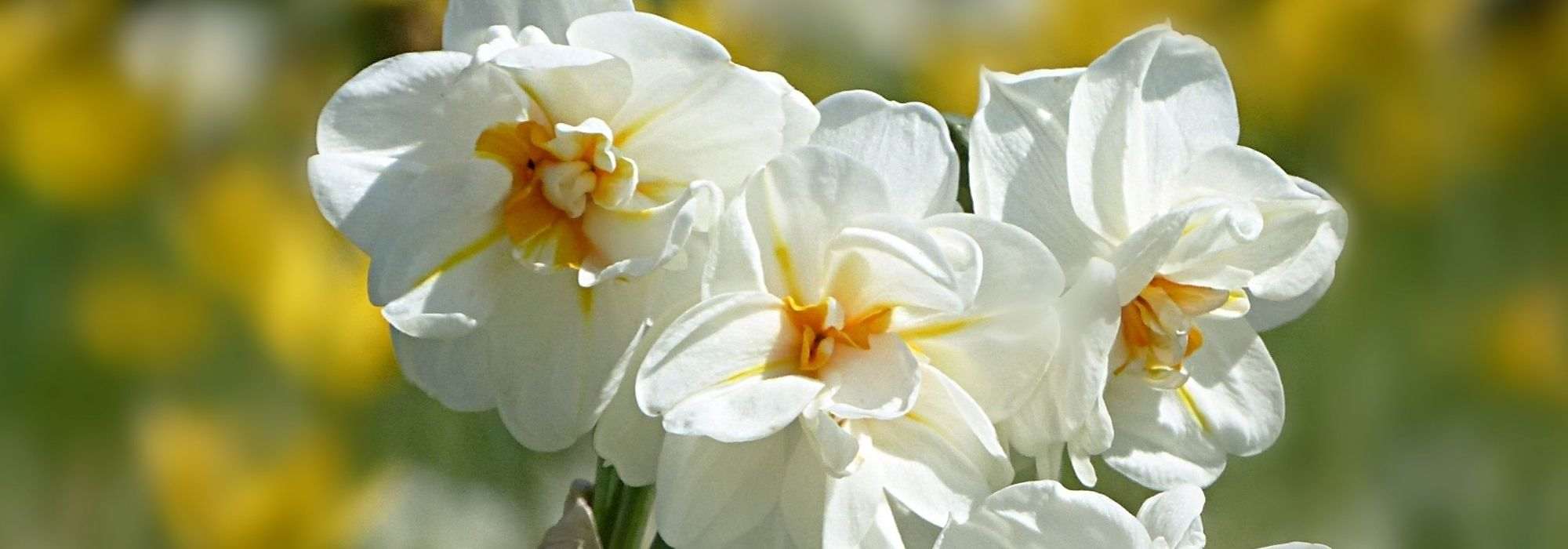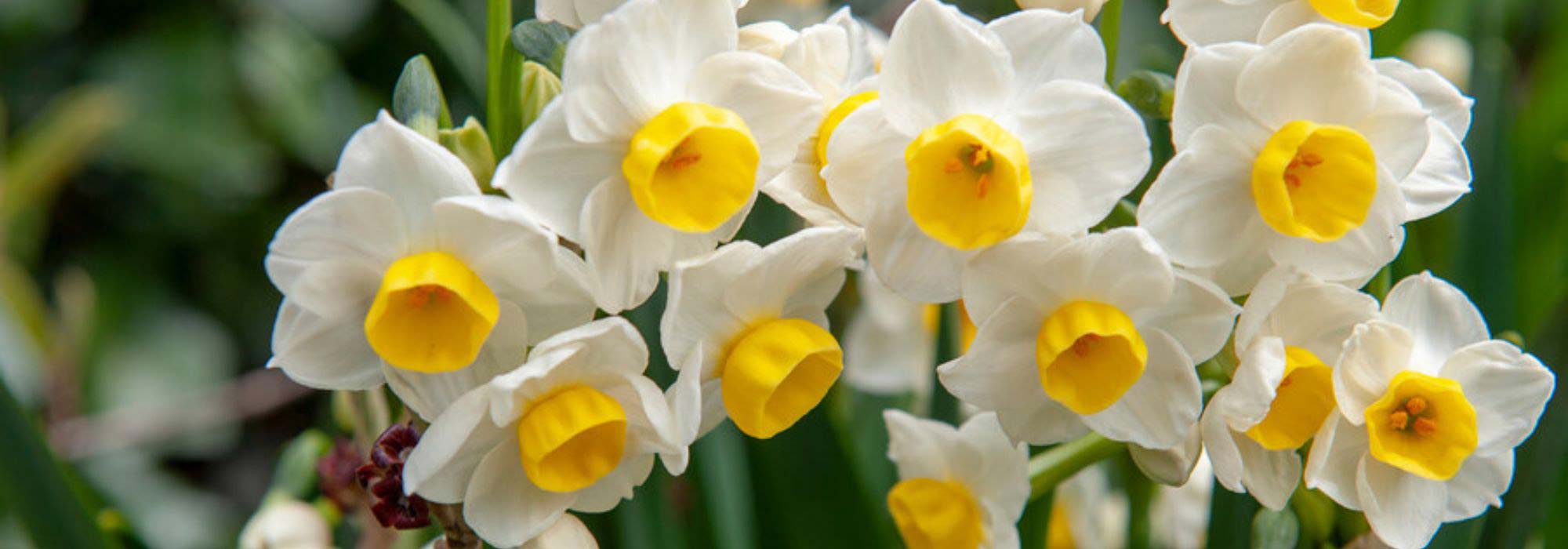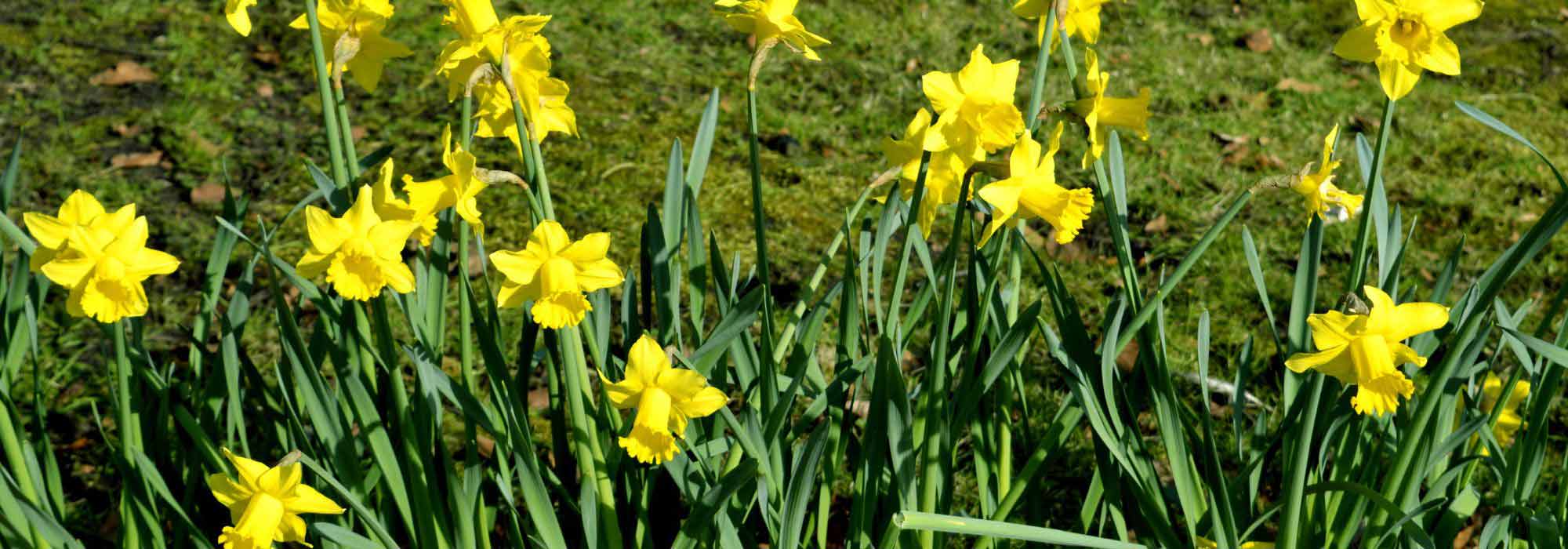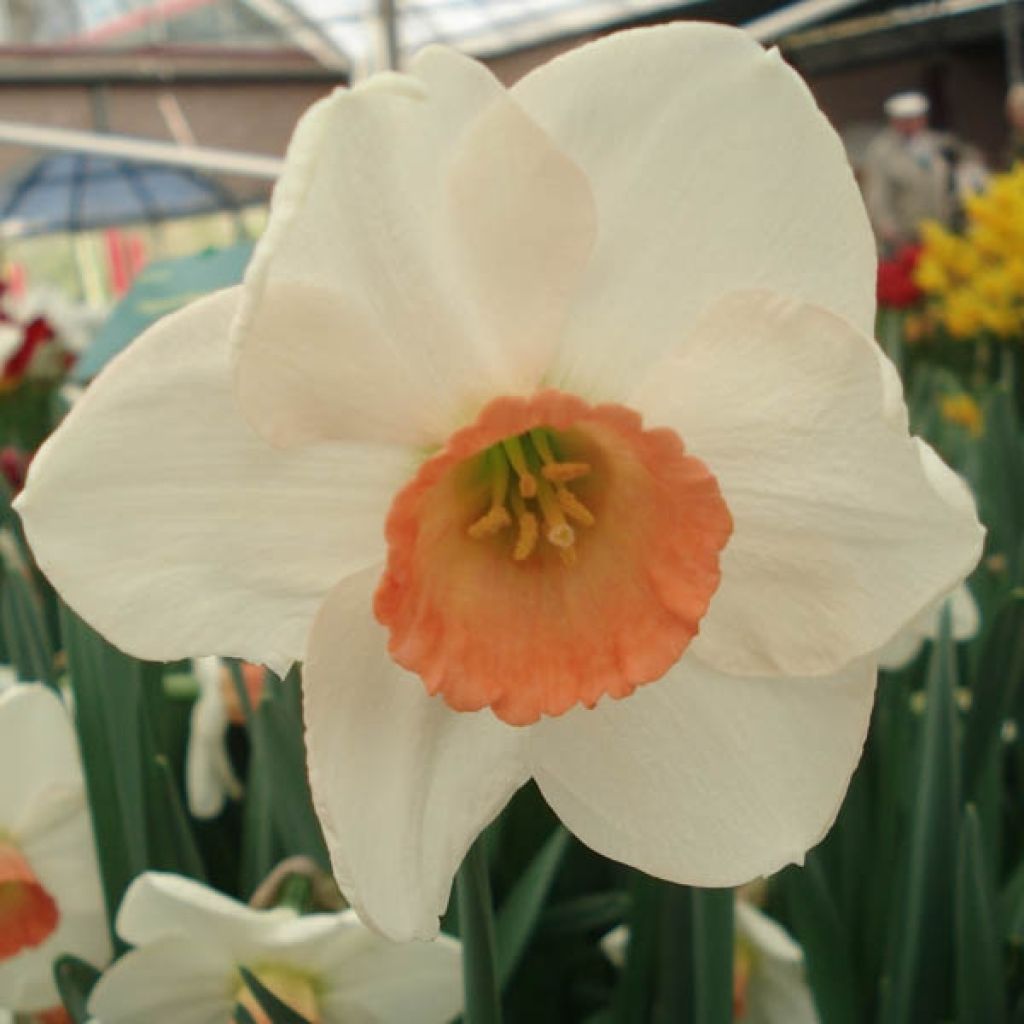

Narcisse Fragrant rose
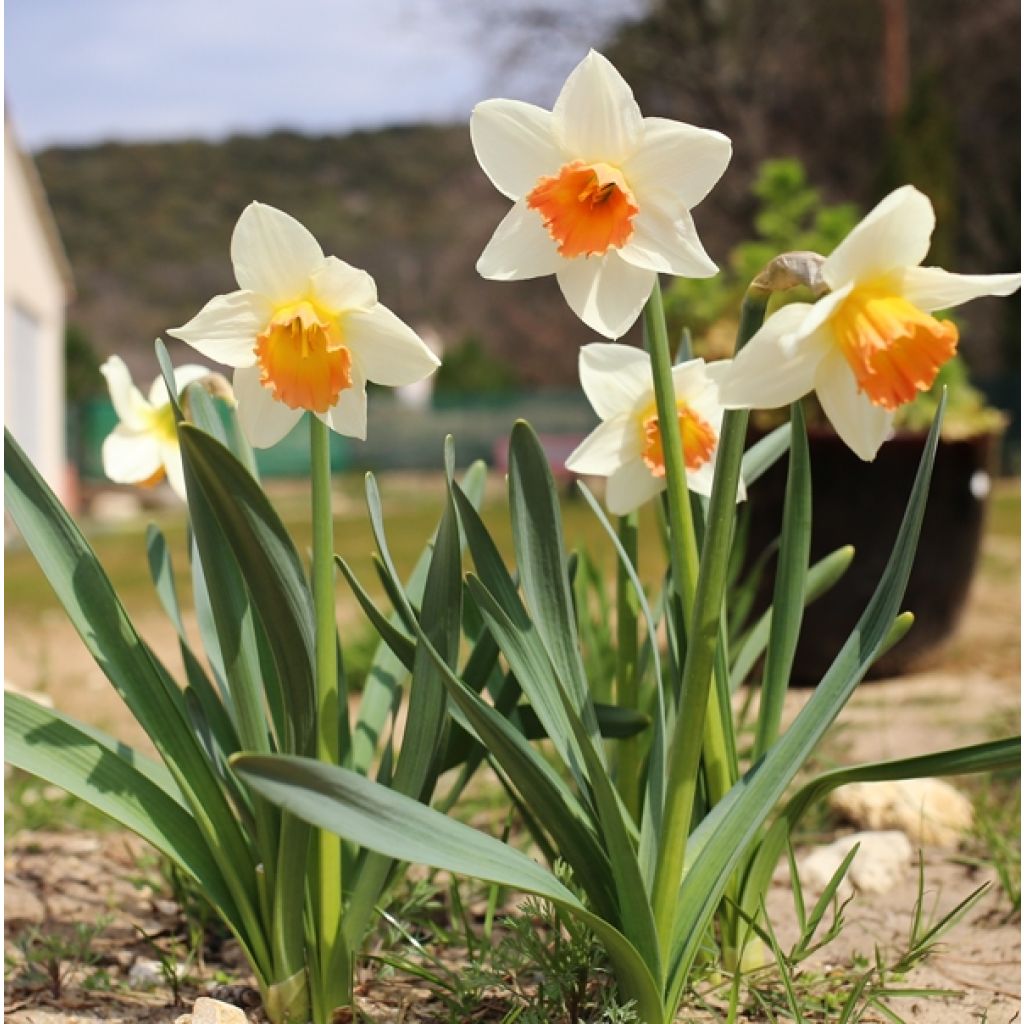

les fleurs n'ont aucune odeur
Narcissus Fragrant Rose
Narcissus Fragrant Rose
Daffodil 'Fragrant Rose'
Very beautiful bulbs, very healthy, already planted a few years ago, very beautiful flowers.
Nénesse45, 13/10/2025
Special offer!
Receive a €20 voucher for any order over €90 (excluding delivery costs, credit notes, and plastic-free options)!
1- Add your favorite plants to your cart.
2- Once you have reached €90, confirm your order (you can even choose the delivery date!).
3- As soon as your order is shipped, you will receive an email containing your voucher code, valid for 3 months (90 days).
Your voucher is unique and can only be used once, for any order with a minimum value of €20, excluding delivery costs.
Can be combined with other current offers, non-divisible and non-refundable.
Why not try an alternative variety in stock?
View all →This plant carries a 6 months recovery warranty
More information
We guarantee the quality of our plants for a full growing cycle, and will replace at our expense any plant that fails to recover under normal climatic and planting conditions.
Does this plant fit my garden?
Set up your Plantfit profile →
Description
Narcissus 'Fragrant Rose' is an exceptionally fragrant daffodil with a large corolla. Its large bicoloured flower in white and pink blooms in April-May. It emits an astonishing scent of old roses. It can be planted in the garden to naturalise and increase in number each year. It can also be grown in a pot to enjoy its fragrance near the house. In a bouquet, its long-lasting flowers perfume an entire room.
Narcissus 'Fragrant Rose' was introduced in Northern Ireland in 1978. It has been awarded by the American Daffodil Society. It belongs to the amaryllis family (Amaryllidaceae), specifically to division 2 of the large daffodil family, which has 13 divisions. The Narcissus genus includes around 50 species found mainly in the western Mediterranean, but also in Africa and Asia. Narcissus 'Fragrant Rose', like most large corolla daffodils, is the result of cross-breeding between N. poeticus and N. x pseudonarcissus, or even N. incomparabilis. Its mother is called 'Roseworthy' and its presumed father is the poet's narcissus 'Merlin'.
Its green foliage is deciduous from summer to winter, and regrows in spring. The leaves can surpass the flower stem, often reaching 50cm (20in) in length. This variety reaches a height of 35 to 40cm (14 to 16in) when fully grown. Flowering usually takes place in April. The 9.5cm (4in) wide flowers are composed of waxy petals. 3 petals among the 6 that make up the corolla are slightly recurved. The corolla, in the shape of a long crenellated cup, is pale salmon-pink when it blooms, paler towards the strongly marked green base. At maturity, the salmon-pink becomes deep pink. The scent of the flowers resembles that of the poet's narcissus and old roses.
Daffodils can be planted in lawns, rock gardens, perennial borders, flower beds, and pots. They are increasingly appreciated as they symbolise the return of spring. Narcissus 'Fragrant Rose' is sensitive to heavy rain, which can damage its flower. Nevertheless, it is one of the most resistant autumn bulbs, and it is a faithful plant that returns every year.
For bouquets: we advise against mixing daffodils with other flowers such as tulips, as daffodil stems contain a substance that causes other flowers to wilt quickly. This detrimental effect on other types of flowers can be mitigated by dipping the ends of the daffodil stems in hot water for 1 to 2 minutes.
The name daffodil comes from a Greek legend in which a beautiful young man rejected the love of the nymph Echo. The gods made him only love his own image as punishment. When he leaned over a fountain to drink, Narcissus saw his reflection and remained fixed, contemplating his own image for so long that he eventually drowned in the pool. He then transformed into a flower.
Plant habit
Flowering
Foliage
Botanical data
Narcissus
Fragrant Rose
Amaryllidaceae
Daffodil 'Fragrant Rose'
Cultivar or hybrid
Other Single Daffodils
View all →Planting and care
Place the bulbs in full sun or partial shade. They are very easy to grow, and can tolerate both the shade of a woodland and a sunny flower bed. They prefer moist but well-drained soils. Plant them in autumn, at a depth of 15cm (6in) and spaced 10cm (4in) apart. Group them in clusters of at least 5 bulbs, in uniform colours or mixed.
You can plant them in lawns. In this case, lift the turf, and dig and loosen the soil to a depth of at least 20cm (8in) (the length of a spade). Plant your bulbs, cover with soil, and replace the turf. Choose a spot where you won't mow, as the daffodil leaves must wither before cutting them. The bulb uses the leaves to rebuild itself and prepare the flowers for the following year. However, cut the flowers as soon as they fade to avoid seed formation, which would unnecessarily exhaust the bulb.
Trim the leaves when they have turned yellow and apply fertilizer at that time, not before. Maintain regular watering during the growing season and let the soil dry out once the foliage is mature.
Planting period
Intended location
Care
Planting & care advice
-
, onOrder confirmed
Reply from on Promesse de fleurs
Haven't found what you were looking for?
Hardiness is the lowest winter temperature a plant can endure without suffering serious damage or even dying. However, hardiness is affected by location (a sheltered area, such as a patio), protection (winter cover) and soil type (hardiness is improved by well-drained soil).

Photo Sharing Terms & Conditions
In order to encourage gardeners to interact and share their experiences, Promesse de fleurs offers various media enabling content to be uploaded onto its Site - in particular via the ‘Photo sharing’ module.
The User agrees to refrain from:
- Posting any content that is illegal, prejudicial, insulting, racist, inciteful to hatred, revisionist, contrary to public decency, that infringes on privacy or on the privacy rights of third parties, in particular the publicity rights of persons and goods, intellectual property rights, or the right to privacy.
- Submitting content on behalf of a third party;
- Impersonate the identity of a third party and/or publish any personal information about a third party;
In general, the User undertakes to refrain from any unethical behaviour.
All Content (in particular text, comments, files, images, photos, videos, creative works, etc.), which may be subject to property or intellectual property rights, image or other private rights, shall remain the property of the User, subject to the limited rights granted by the terms of the licence granted by Promesse de fleurs as stated below. Users are at liberty to publish or not to publish such Content on the Site, notably via the ‘Photo Sharing’ facility, and accept that this Content shall be made public and freely accessible, notably on the Internet.
Users further acknowledge, undertake to have ,and guarantee that they hold all necessary rights and permissions to publish such material on the Site, in particular with regard to the legislation in force pertaining to any privacy, property, intellectual property, image, or contractual rights, or rights of any other nature. By publishing such Content on the Site, Users acknowledge accepting full liability as publishers of the Content within the meaning of the law, and grant Promesse de fleurs, free of charge, an inclusive, worldwide licence for the said Content for the entire duration of its publication, including all reproduction, representation, up/downloading, displaying, performing, transmission, and storage rights.
Users also grant permission for their name to be linked to the Content and accept that this link may not always be made available.
By engaging in posting material, Users consent to their Content becoming automatically accessible on the Internet, in particular on other sites and/or blogs and/or web pages of the Promesse de fleurs site, including in particular social pages and the Promesse de fleurs catalogue.
Users may secure the removal of entrusted content free of charge by issuing a simple request via our contact form.
The flowering period indicated on our website applies to countries and regions located in USDA zone 8 (France, the United Kingdom, Ireland, the Netherlands, etc.)
It will vary according to where you live:
- In zones 9 to 10 (Italy, Spain, Greece, etc.), flowering will occur about 2 to 4 weeks earlier.
- In zones 6 to 7 (Germany, Poland, Slovenia, and lower mountainous regions), flowering will be delayed by 2 to 3 weeks.
- In zone 5 (Central Europe, Scandinavia), blooming will be delayed by 3 to 5 weeks.
In temperate climates, pruning of spring-flowering shrubs (forsythia, spireas, etc.) should be done just after flowering.
Pruning of summer-flowering shrubs (Indian Lilac, Perovskia, etc.) can be done in winter or spring.
In cold regions as well as with frost-sensitive plants, avoid pruning too early when severe frosts may still occur.
The planting period indicated on our website applies to countries and regions located in USDA zone 8 (France, United Kingdom, Ireland, Netherlands).
It will vary according to where you live:
- In Mediterranean zones (Marseille, Madrid, Milan, etc.), autumn and winter are the best planting periods.
- In continental zones (Strasbourg, Munich, Vienna, etc.), delay planting by 2 to 3 weeks in spring and bring it forward by 2 to 4 weeks in autumn.
- In mountainous regions (the Alps, Pyrenees, Carpathians, etc.), it is best to plant in late spring (May-June) or late summer (August-September).
The harvesting period indicated on our website applies to countries and regions in USDA zone 8 (France, England, Ireland, the Netherlands).
In colder areas (Scandinavia, Poland, Austria...) fruit and vegetable harvests are likely to be delayed by 3-4 weeks.
In warmer areas (Italy, Spain, Greece, etc.), harvesting will probably take place earlier, depending on weather conditions.
The sowing periods indicated on our website apply to countries and regions within USDA Zone 8 (France, UK, Ireland, Netherlands).
In colder areas (Scandinavia, Poland, Austria...), delay any outdoor sowing by 3-4 weeks, or sow under glass.
In warmer climes (Italy, Spain, Greece, etc.), bring outdoor sowing forward by a few weeks.






























